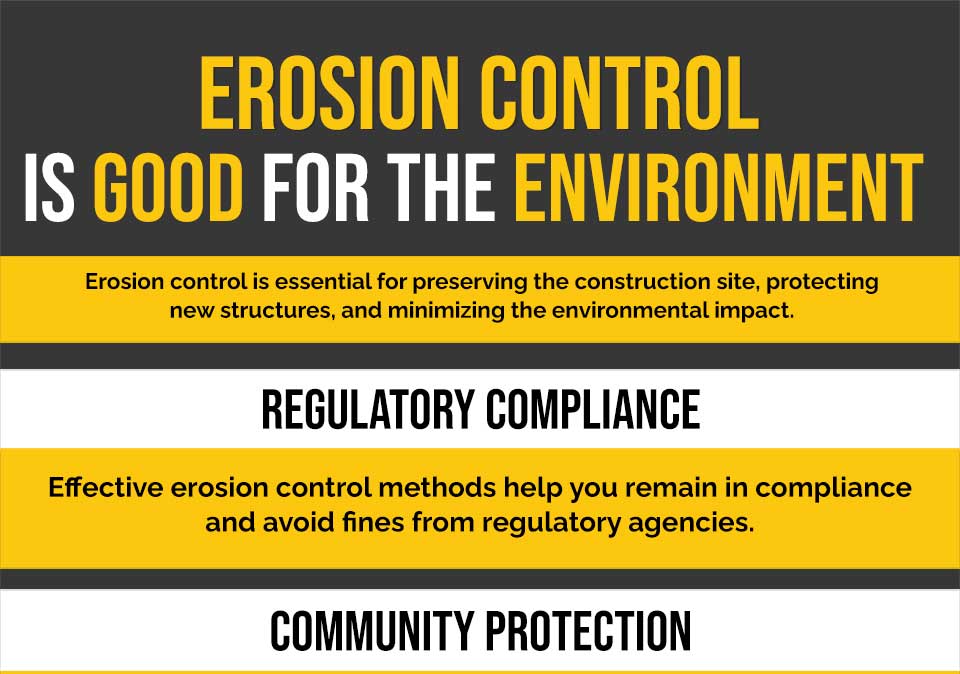Difference Between Rough Grading and Finish Grading
April 2, 2021Pavement Excavation and Demolition Contractor
When considering construction projects such as sidewalks, parking lots or pavement, you need an experienced excavation contractor. This work involves planning, demolition of the existing structure, excavation, and removal. Quality checks such as recording ground level and marking reference points are also required.
What is Demolition?
For most pavement construction projects with existing structures, one of the first steps is demolition. There are various carefully planned steps involved to ensure project safety.
Demolition Steps
Inspection – Old structures are inspected before demolition to determine the presence of safety hazards like asbestos, chemicals, other hazardous materials. It also checks drainage conditions, adjoining facilities, and pedestrian walkways and roadways.
Permit – Next step is to get a permit. It can be obtained from the local authority. The permit enables you to carry out the demolition process inline with legal requirements.
Disconnect existing services – There are various utility lines buried like sewerage, electricity, gas, or water. All are disconnected before demolition and the surrounding area is made safe with temporary fencing.
Final demolition – Once the prior steps above are complete, demolition is can start. This involves using multiple methods such as demolition excavation, wrecking balls, or a combination of both.
What is Excavation?
Excavation is usually the removal of earth, rocks, or other materials from the construction site. It also includes trenching, tunneling, and wall shafts. Excavation is a preliminary activity of the construction project and is used in preparation for drainage pipes or utility lines underneath the pavement project. The excavation process is not an easy one as it requires specialized techniques, machinery, and tools to get the job done right. There are various steps involved here.
Excavation Steps
- Rough staking – This is the first step in the excavation process and involves finding out the extent of soil and whether obstacles need to be moved. The designated area is marked where the structure is to be built.
- Clearing – If the excavation site has vegetation like unwanted bushes, weeds, and plants, these all are removed and hauled away.
- Ground tracing – Next is ground tracing. Here excavation lines and center lines on the ground are laid. Maximum four and minimum two benchmarks are marked for the measurement. In addition to benchmarks, the depth of the excavation is fixed as well.
- Excavation – Once everything is in place, excavation work starts, and it can either be done by manual or mechanical means. The process used depends on the project type and what you need to build.
- Rough grading – The excavated soil is either removed from the site or can be back-filled to establish the right pitch. Then it is overlayed with richer topsoil.
This is all about pavement excavation and demolition. If you are looking for a reliable and experienced excavation contractor, then Eagle Paving is the one to turn to.




